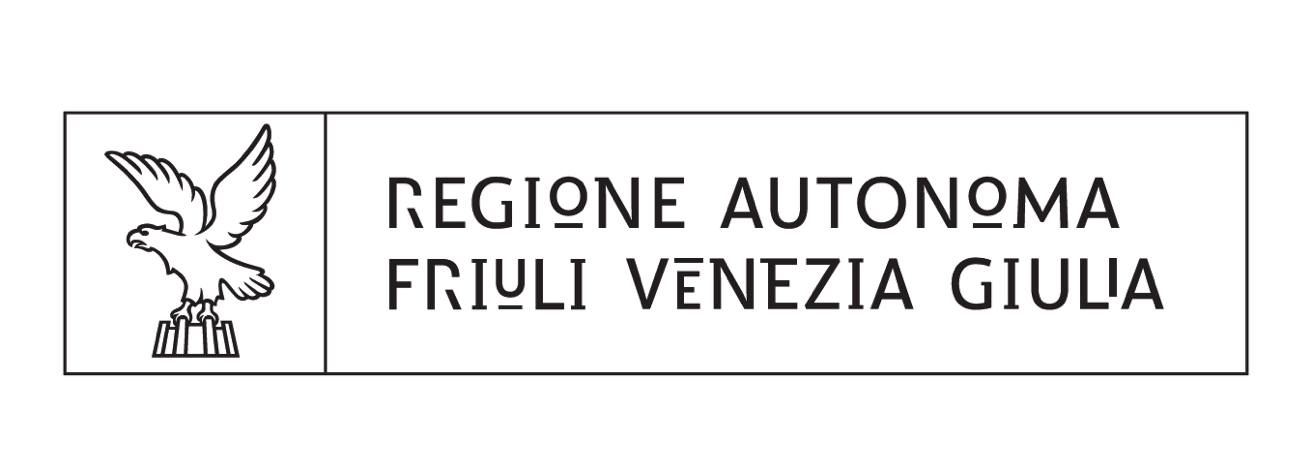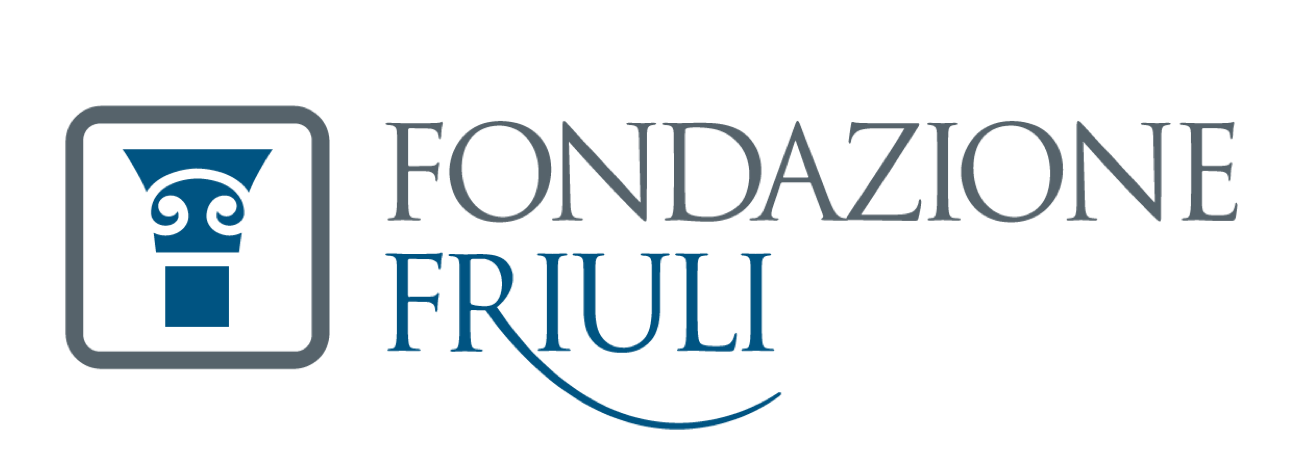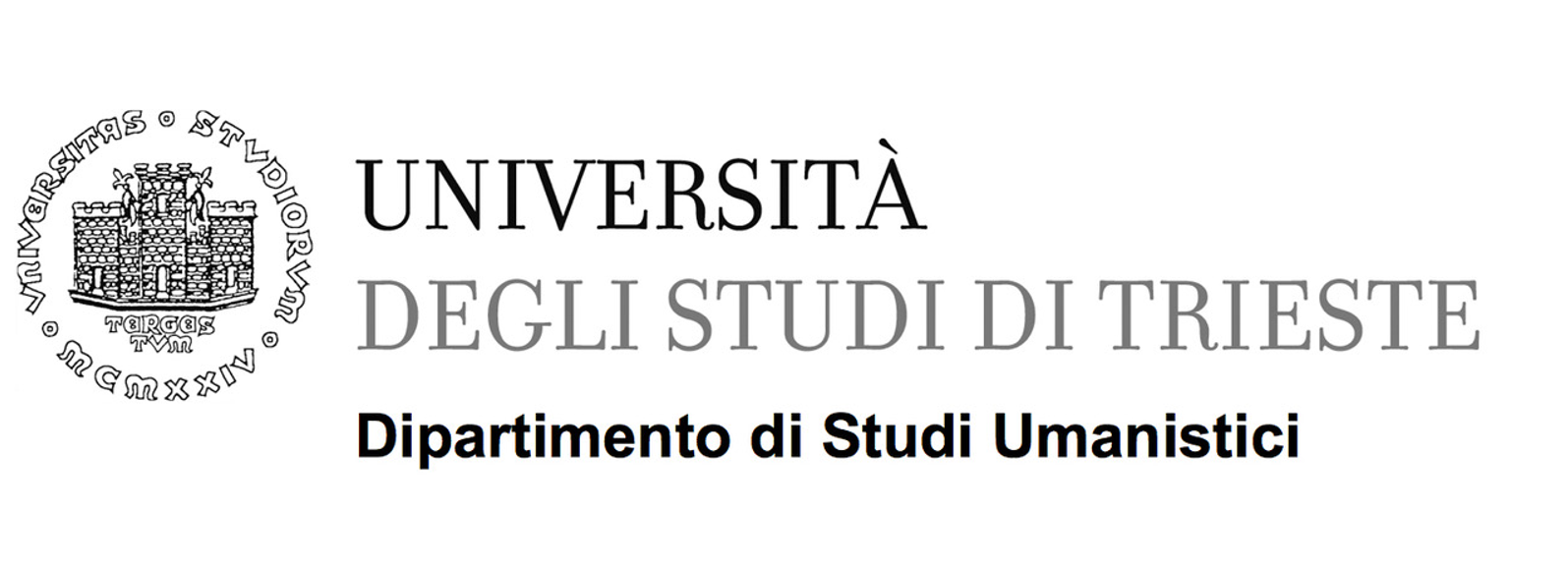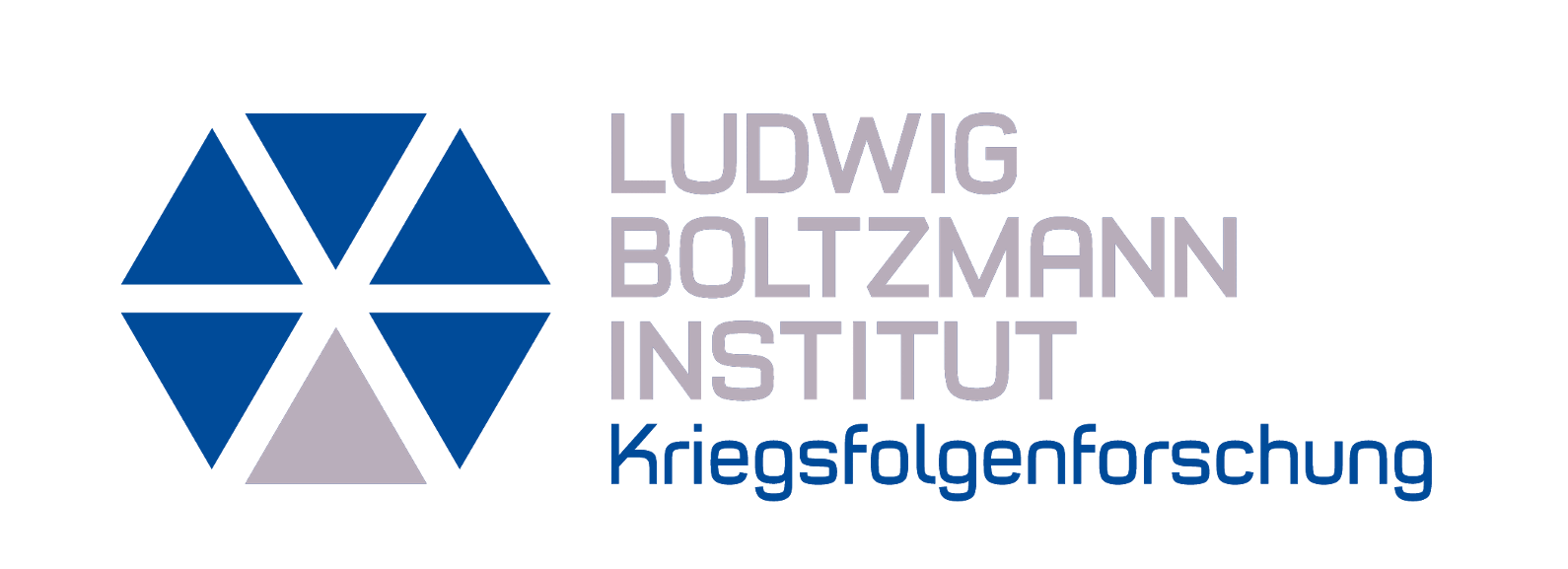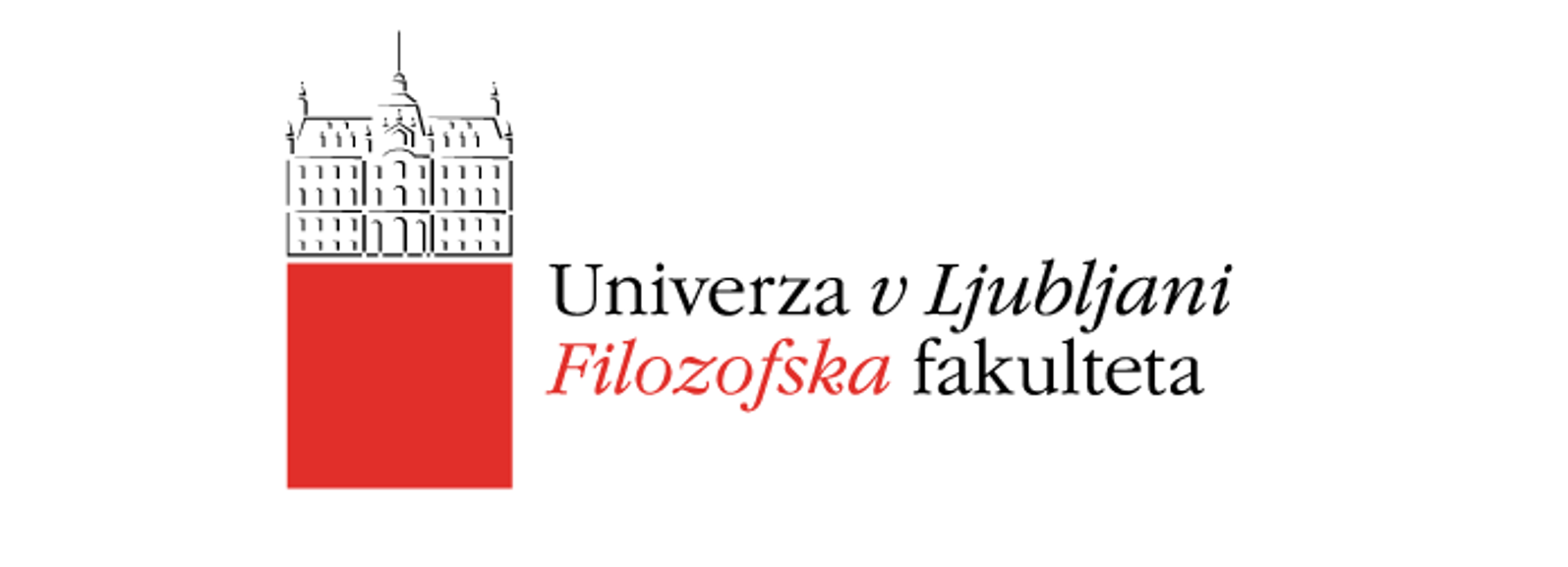Cold War Borderlands in Europe and Northeast Asia, 1944-1991
STUDYING REGIONS ALONG THE IRON CURTAIN
APPROACHES TO NEW RESEARCH
Workshop in Udine, Italy
9-12 March 2023
Jointly organized by the University of Udine,
Cold War Studies/Harvard University, and Friuli Storia
This workshop will bring together scholars from various countries to discuss key issues pertaining to Cold War borderlands in Europe and Northeast Asia (i.e., regions along the dividing line between East and West from the mid-1940s through the early 1990s). One aim of the workshop will be to set up an international and multidisciplinary network of scholars working on the topic.
The Cold War had a profound impact on border communities, especially in areas where ideological borders overlapped with ethnic dividing lines or disputed territories. Borders were often the focal points of international crises in Europe and Northeast Asia during the Cold War, for example in Trieste immediately after the end of the Second World War, on the Korean peninsula during and after the 1950-1953 war, in Berlin in 1948 and 1961, and between the Soviet Union and China in 1969. Borders also played a crucial role in stoking tensions between countries such as Yugoslavia and Greece, Yugoslavia and Bulgaria, and Hungary and Romania. Our post-1945 images of both Europe and Northeast Asia were shaped by Cold War borders, and to a large extent these images have persisted in the post-Cold War era. At least in Western Europe, the perception of which countries are part of “Eastern Europe” is still heavily determined by their position in respect to the former Iron Curtain. In Northeast Asia, the border between North and South Korea remains heavily militarized, and the territorial disputes between Japan and Russia remain acute.
Up to now, however, a unified and comparative approach to the history of the regions along the Cold War-era divides in Europe and Northeast Asia has not emerged. Part of the reason is that the perception of what actually constitutes a “Cold War border” varies across time and space. Seen from Italy, for example, the border with what is now Slovenia was perceived as the frontline in the confrontation between the West and the East. But in former Yugoslavia, the border with Hungary, Romania and Bulgaria from 1948 on was viewed as much more meaningful in this respect. On the Korean peninsula, the key border over the past eight decade — the one separating North and South Korea — has been one that was created and solidified by the Cold War. The degree of militarization, ease of border closing, and level of trade varied significantly in different European and Asian borderlands, calling into question the notion that there was a single Cold War divide on either continent.
The Iron Curtain shaped the borderlands and the communities who lived there in many respects: economic, social, demographic, military, political, linguistic, and anthropological. Demography drastically changed with the arrival of a huge number of soldiers responsible for securing the areas. In many regions, even the physical landscape was radically transformed by the building of fortifications and military infrastructure and by the imposition of border controls and exclusion zones. Integrating these aspects into a single narrative requires a multidisciplinary approach that has often been impractical within the discipline-based structure of academia.
A further obstacle to the establishment of a more unified research framework has been the prevalence of nationally oriented historiographies, which have often hindered multinational projects and attempts to assess the complexity of the history of the borderlands by taking into account the perspectives of all sides. Undoubtedly, the incorporation of various national historiographies into a larger narrative has also been made difficult by language barriers.
The workshop will be organized around thematic panels. Scholars wishing to take part should submit a 500-word proposal and a CV using the online form at by 31 July 2022. Decisions about applicants chosen for the March 2023 workshop will be announced within seven weeks of the submission deadline for proposals.
Possible themes for contributions include but are not restricted to:
- security policies across borders during the Cold War
- militarization of the borders and the impact on local communities
- communities and forced population transfers in the borderlands
- impact of the Cold War on national minorities living along the borders
- propaganda across borders
- trade and smuggling across borders, border controls, and the prevention of crossing
- economic cooperation (formal and informal) across borders
- literary and film depictions of the borderlands
- impact of the Cold War on landscapes and infrastructure in border regions
- local border traffic, shopping, tourism and cultural exchange across borders during the Cold War
- policies of the great powers towards the borderlands
- naval borders during the Cold War and the Law of the Sea
- political and social changes in borderlands in the context of European integration
- legacies and memories of Cold War borders in modern day Europe
The advisory board welcome proposals from researchers who are in the early stages of their research on these topics. In such cases, the proposal should indicate the aim of the research, the state of the art, the methodology to be adopted, and the expected results.
Those chosen to take part in the workshop will be asked to submit a 1500-word outline by 25 February 2023, to offer a 20-minute presentation at the workshop, and to play an active role in the discussion. At a follow-on conference in March 2024, scholars will turn their outlines into full-length papers, which will then undergo external review. A selection of the final papers will eventually be published in a volume of collected essays or in a special issue of an academic journal.
The workshop will be held in Udine, Italy, on 9-12 March 2023. Udine is served by a regional airport, Trieste Ronchi dei Legionari, which is 40 minutes from the city by car or train. The airport has direct flights to London Stansted, Frankfurt and Munich. Udine is also about 90 minutes from Venice’s Marco Polo airport by car or train.
Accommodation and subsistence will be provided. Travel grants will be available for participants upon request.
The advisory board of the workshop is co-chaired by Tommaso Piffer and Mark Kramer and includes Bojan Balkovec, Nadia Boyadjieva, Tullia Catalan, Maximilian Graf, Nikos Marantzidis, Christian Ostermann, Sergey Radchenko, Peter Ruggenthaler, Vit Smetana, David Wolff and Yafeng Xia.
Info Tommaso Piffer tommaso.piffer@uniud.it and Mark Kramer mkramer@fas.harvard.edu







